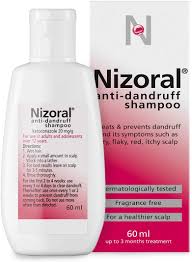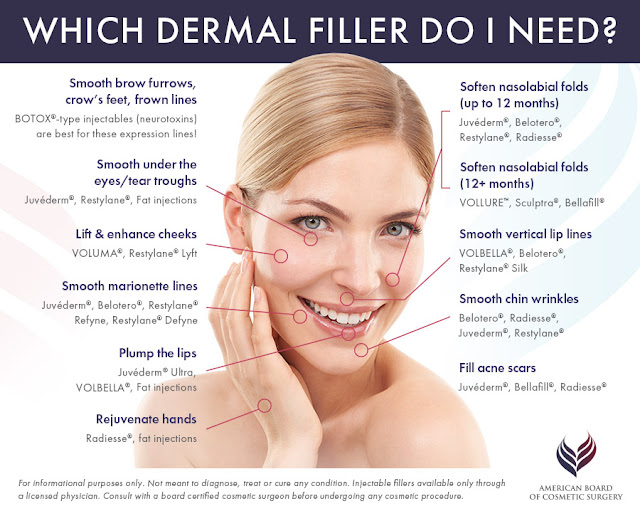Fotona Laser to treat Hair Loss: The Exact Protocol to bring a 52-year-old patient's hair back to life
For the millions of men and women suffering from hair loss, laser therapy is a commonly prescribed treatment by hair restoration specialists that hair loss patients can do at home. Those treatments entail a red-light emitting cap or hair band, not the various lasers doctors use to retexturize skin, eliminate acne scars, fade away dark spots and make tattoos and hairy patches completely disappear.

But, some doctors, like New York dermatologist Doris Day, MD are finding that the traditional laser we think of for transforming skin can also revive hair follicles on the scalp. Here, she describes the exact protocol she used to bring this 52-year-old patient's hair back to life.
NewBeauty: What is causing this patient's hair loss?
Dr. Day: This patient has alopecia totalis, a condition characterized by complete loss of hair on the scalp caused by the immune system mistakenly attacking the hair follicles.
NB: When did she lose her hair and what other treatments has she tried?
Dr. Day: She noticed significant hair loss earlier this year and tried apple cider rinses but saw no change in her symptoms. One week later she came into my office for her first appointment. Our first treatment plan included Nutrafol, Quercetin, Duozyme, my Esteem Hair Growth System that includes shampoo, conditioner, and a botanical serum, and local cortisone injections to the scalp with no improvement. When her symptoms continued to worsen, I then opted to treat her with the Fotona laser, Julien Farel Restore shampoo, and my Esteem Botanical Drops. Fast forward to today and her hair is growing back beautifully!
NB: How does the laser work to stimulate hair regrowth?
Dr. Day: The Fotona laser uses photobiomodulation, a form of gentle deep heat, to stimulate the stem cells of dormant hair follicles and encourage hair regrowth. It is painless and has no downtime. The light energy penetrates tissue, where it interacts with chromophores and induces a complex set of reactions that increases circulation, reduces inflammation, and helps restore normal cellular function. The light is also affecting cell signaling, essentially instructing the cells to “wake up!” This explains how relatively brief exposure to light could have effects that last for hours, days, or even weeks.
NB: How many treatments did it take? What were the downtime and recovery like?
Dr. Day: I've treated her at 2-week intervals and have completed a total of 11 Fotona laser sessions in the past six months. The procedure is painless and has no downtime!
NewBeauty: What follow-up does the patient need to do to maintain these results?
Dr. Day: The Fotona laser is a recurring treatment, which I recommend scheduling 2-3 weeks apart. The other products are used at home daily. I do an initial 12 sessions then single session maintenance at 6-week intervals as needed. I also often add nutraceuticals such as Nutrafol.
NewBeauty: Why should a patient only go to a board-certified dermatologist or hair restoration specialist when seeking this type of hair loss treatment?
Dr. Day: A board-certified dermatologist is the best person to help identify the underlying cause of the hair loss and appropriately determine the treatment plan based on that for best results.
Source: https://www.newbeauty.com/blog/dailybeauty/12940-laser-treatments-hair-loss-alopecia/

But, some doctors, like New York dermatologist Doris Day, MD are finding that the traditional laser we think of for transforming skin can also revive hair follicles on the scalp. Here, she describes the exact protocol she used to bring this 52-year-old patient's hair back to life.
NewBeauty: What is causing this patient's hair loss?
Dr. Day: This patient has alopecia totalis, a condition characterized by complete loss of hair on the scalp caused by the immune system mistakenly attacking the hair follicles.
NB: When did she lose her hair and what other treatments has she tried?
Dr. Day: She noticed significant hair loss earlier this year and tried apple cider rinses but saw no change in her symptoms. One week later she came into my office for her first appointment. Our first treatment plan included Nutrafol, Quercetin, Duozyme, my Esteem Hair Growth System that includes shampoo, conditioner, and a botanical serum, and local cortisone injections to the scalp with no improvement. When her symptoms continued to worsen, I then opted to treat her with the Fotona laser, Julien Farel Restore shampoo, and my Esteem Botanical Drops. Fast forward to today and her hair is growing back beautifully!
NB: How does the laser work to stimulate hair regrowth?
Dr. Day: The Fotona laser uses photobiomodulation, a form of gentle deep heat, to stimulate the stem cells of dormant hair follicles and encourage hair regrowth. It is painless and has no downtime. The light energy penetrates tissue, where it interacts with chromophores and induces a complex set of reactions that increases circulation, reduces inflammation, and helps restore normal cellular function. The light is also affecting cell signaling, essentially instructing the cells to “wake up!” This explains how relatively brief exposure to light could have effects that last for hours, days, or even weeks.
NB: How many treatments did it take? What were the downtime and recovery like?
Dr. Day: I've treated her at 2-week intervals and have completed a total of 11 Fotona laser sessions in the past six months. The procedure is painless and has no downtime!
NewBeauty: What follow-up does the patient need to do to maintain these results?
Dr. Day: The Fotona laser is a recurring treatment, which I recommend scheduling 2-3 weeks apart. The other products are used at home daily. I do an initial 12 sessions then single session maintenance at 6-week intervals as needed. I also often add nutraceuticals such as Nutrafol.
NewBeauty: Why should a patient only go to a board-certified dermatologist or hair restoration specialist when seeking this type of hair loss treatment?
Dr. Day: A board-certified dermatologist is the best person to help identify the underlying cause of the hair loss and appropriately determine the treatment plan based on that for best results.
Source: https://www.newbeauty.com/blog/dailybeauty/12940-laser-treatments-hair-loss-alopecia/








Comments
Post a Comment